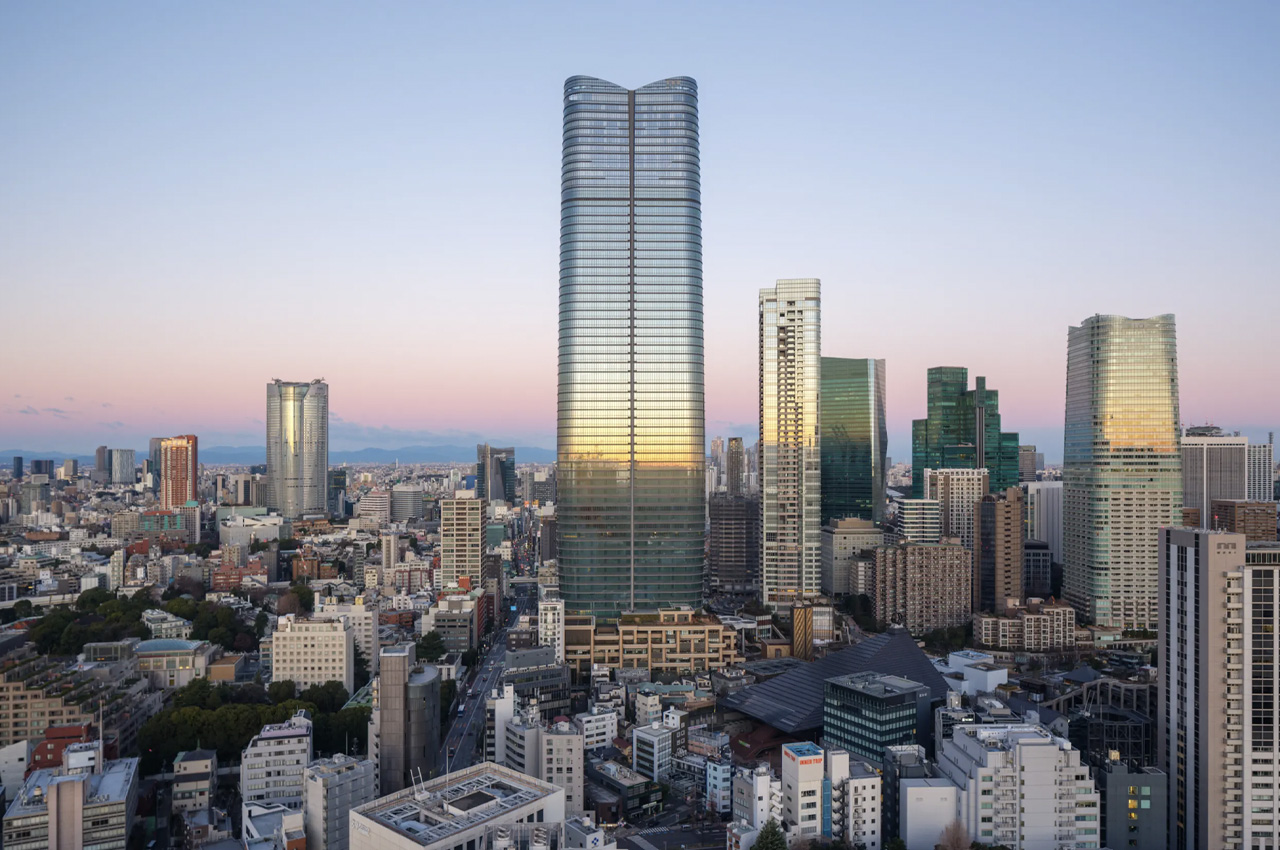
Designed by Pelli Clarke & Partners, the Mori JP Tower is Japan’s new tallest skyscraper! Featuring an astounding height of 1066 ft, and located in Tokyo, the skyscraper was created to reduce grid-based energy usage by incorporating it with sustainability features. The tower is also designed to be earthquake-resistant, offering sturdy support against the country’s seismicity. It is nestled in the Azabudai Hill development – a new district amped with plenty of green space and other high-rise buildings.
Designer: Pelli Clarke & Partners
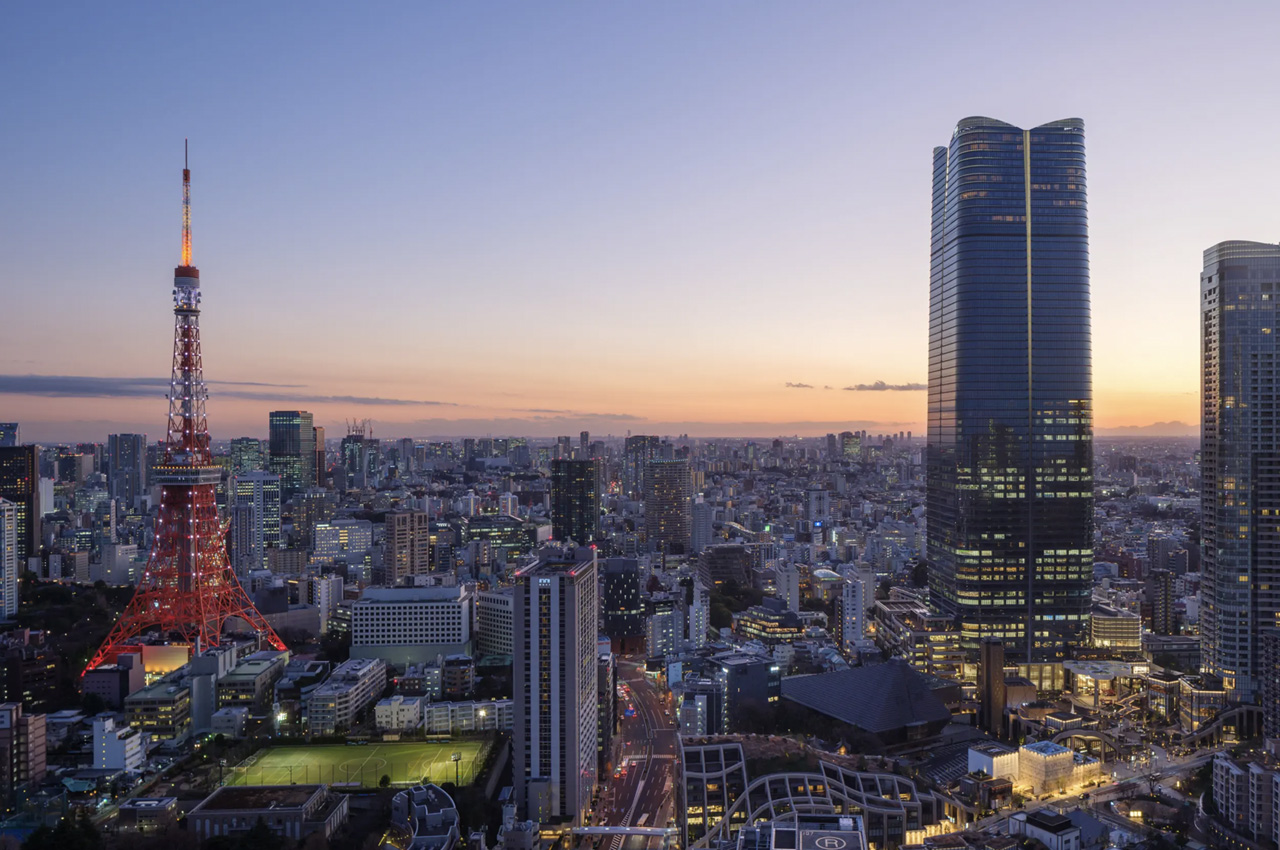
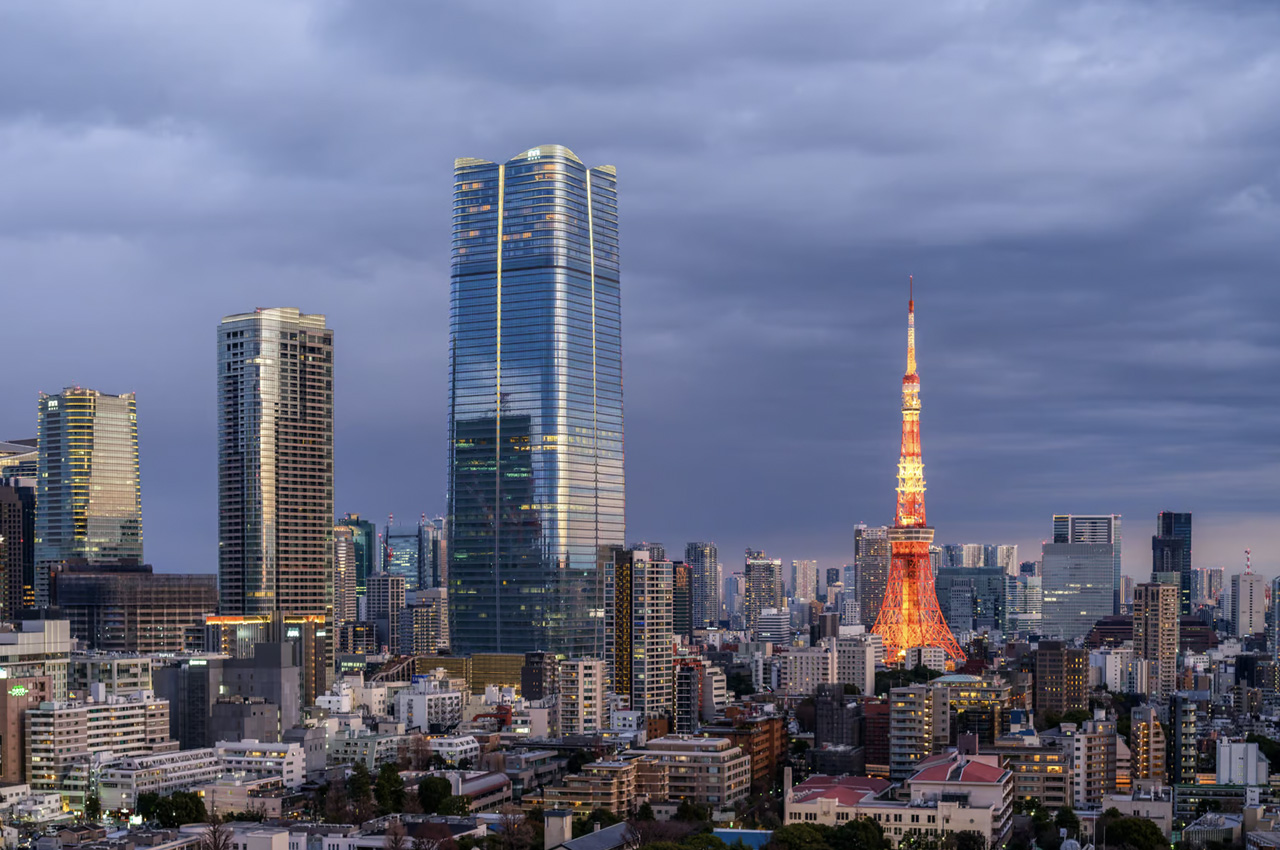
The impressive skyscraper is equipped with a glazed facade and a unique form that brings to mind the image of a lotus flower. It features a beautiful crown of four curved glass “petals”, which gives it a lotus-inspired shape and symmetry. The exterior is highlighted with bands of integrated lighting. The lighting is designed by US lighting design company L’Observatoire International, and they seem to gleam magically in the night. The interior of the building houses sixty-four floors and includes a combination of residential and office spaces. The hospitality company Aman will be taking over the top eleven floors, and they will be coined Aman Residences.
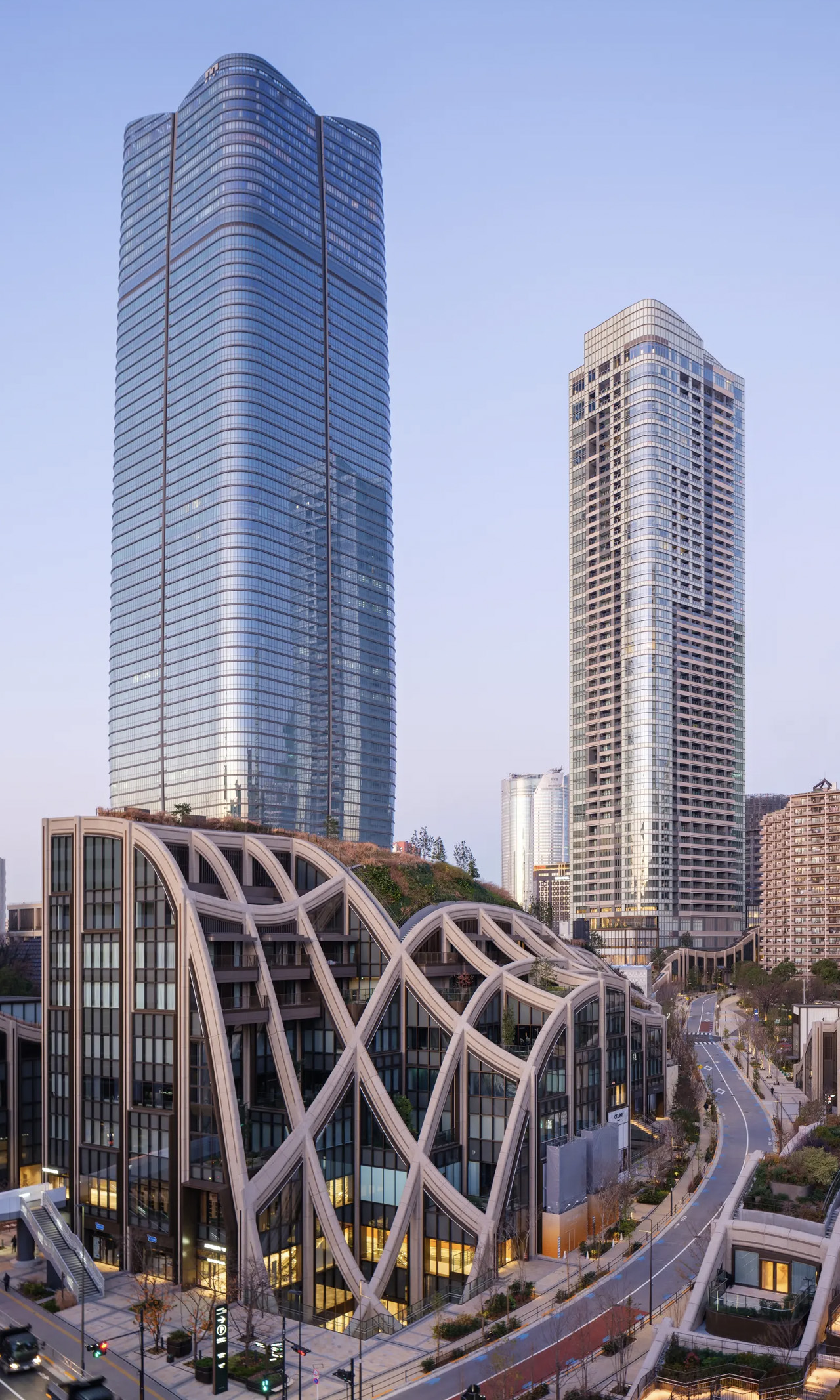
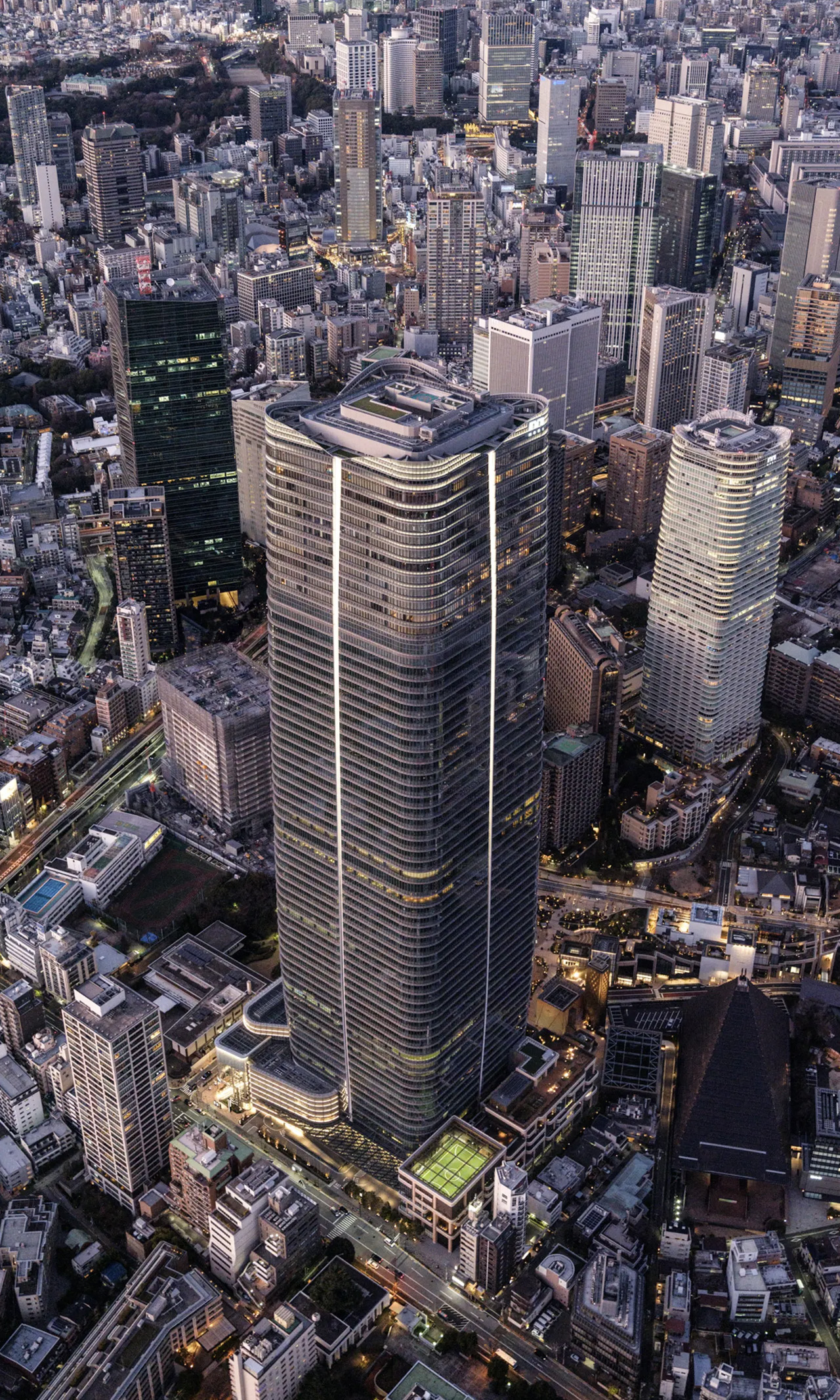
Although the Mori JP Tower is Japan’s tallest skyscraper, it is not the tallest ‘structure’. The tallest structure is the Tokyo Skyree which stands tall at 2080 ft, in fact, even the Tokyo Tower is taller than the Mori JP Tower, as it measures 1092 ft in height. However, since the two structures are essentially broadcasting and observation towers, they cannot be included in the Council on Tall Buildings and Urban Habitat’s height rankings. But despite this consideration, the Mori JP is a noteworthy construction, as it can function and stand tall in an earthquake as severe as the Great East Japan Earthquake, which had a magnitude of 9.0. This is truly a commendable feat, that will save lives, and reduce destruction. The structural steel tubes of the tower were packed with high-strength concrete, and the building was incorporated with multiple dampers to achieve this feat.
“High-strength steel and concrete components are deployed to balance the structures, and vibration-control devices are placed in core areas where vibration during earthquakes can be efficiently reduced, resulting in high resistance to shaking,” said Mori. “In addition, large-scale vibration-control devices known as “active mass dampers” will help reduce the swaying that occurs at the tops of buildings during strong winds.”
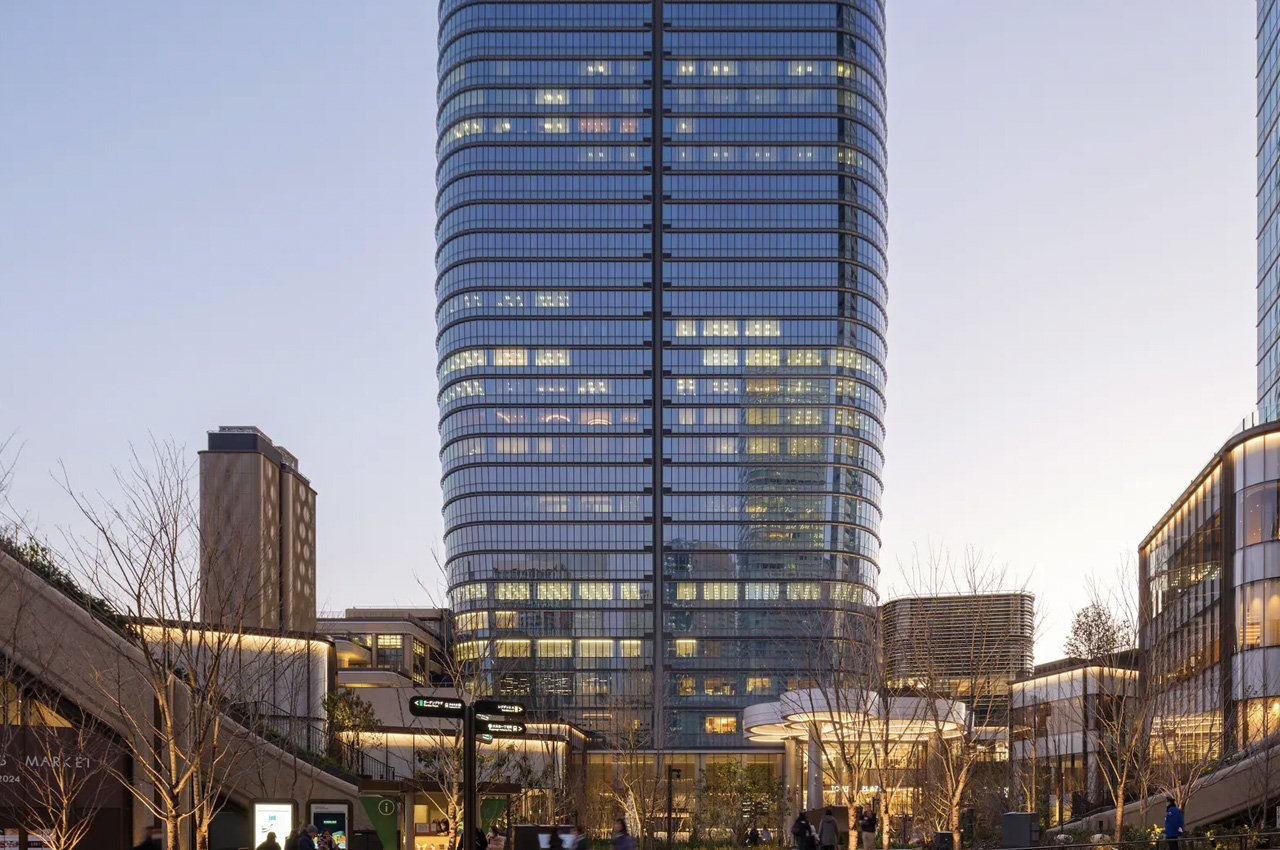
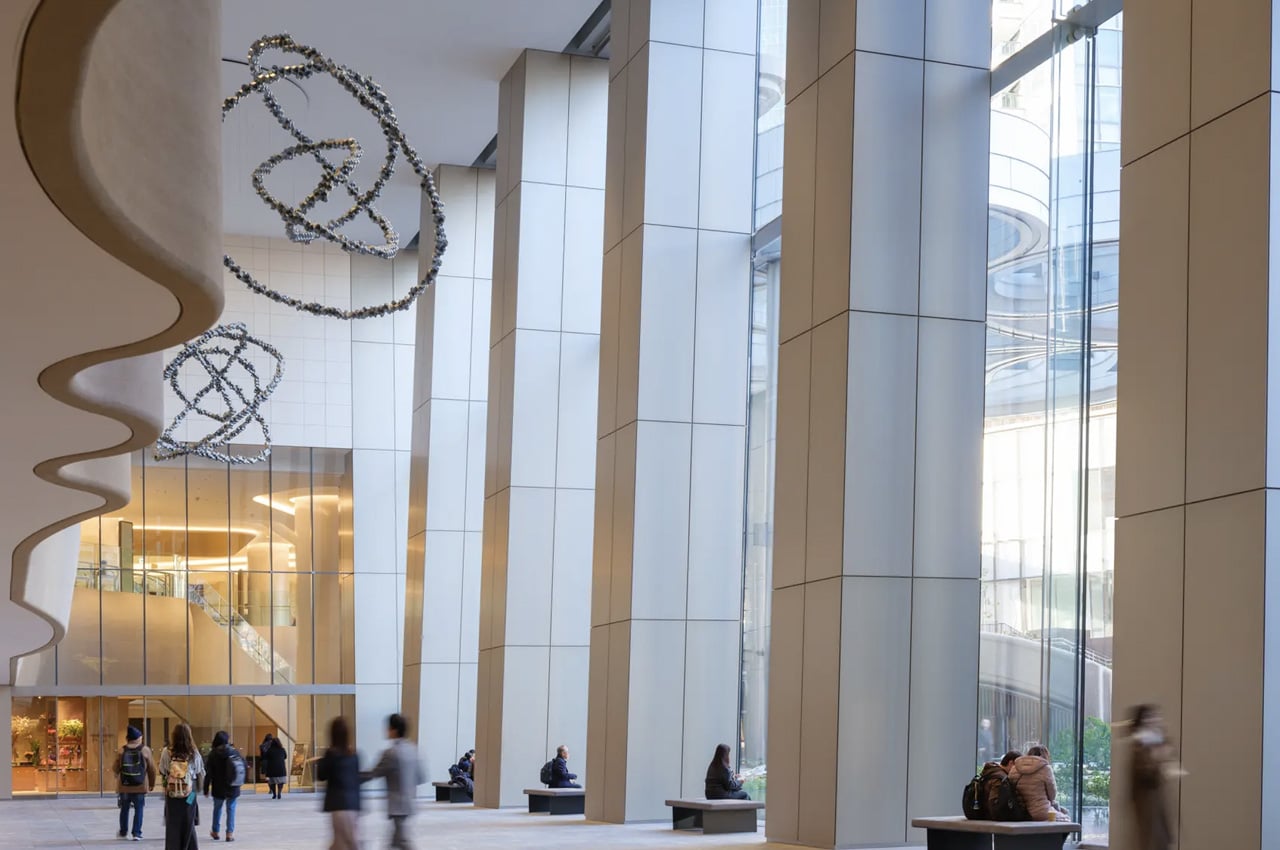
The post Japan’s New Tallest Skyscraper Can Withstand Even A 2011-Style Magnitude 9 Earthquake first appeared on Yanko Design.
0 Commentaires